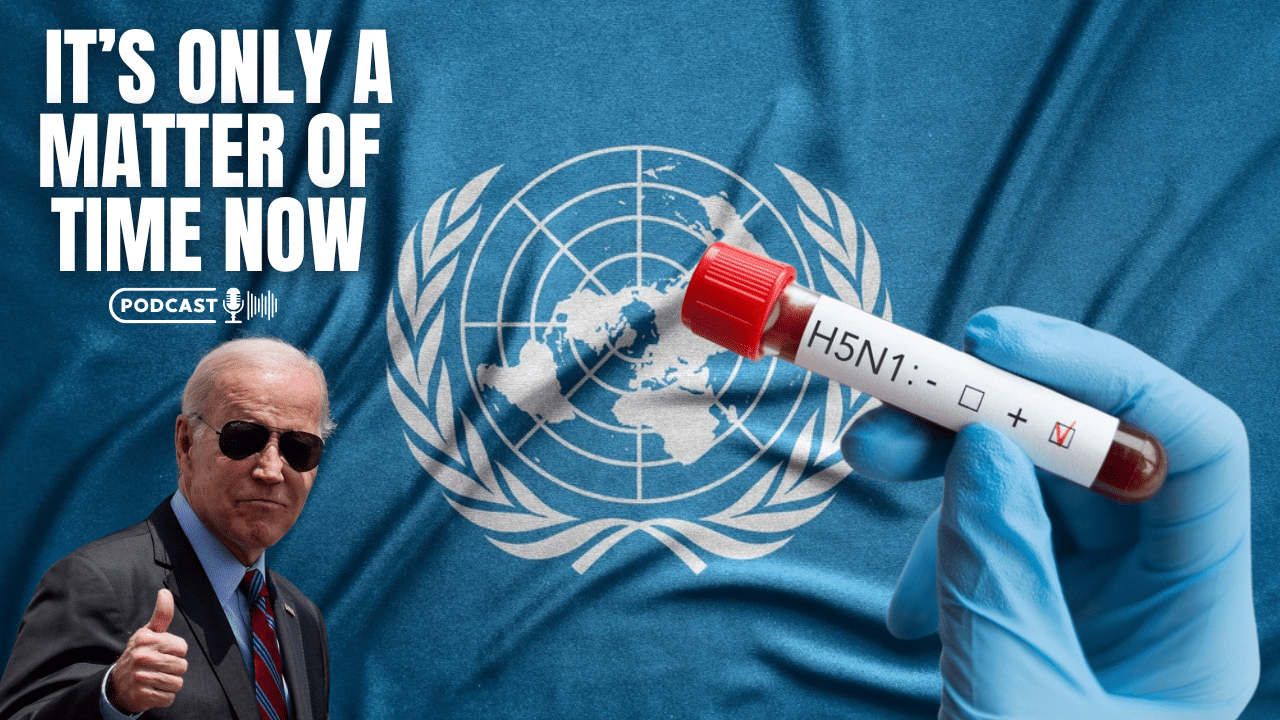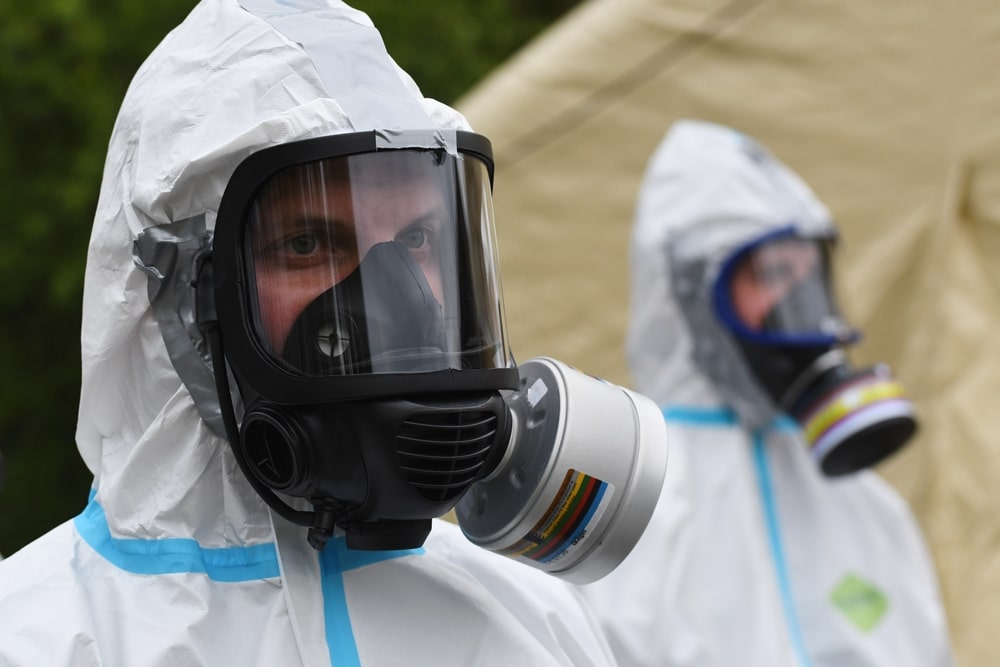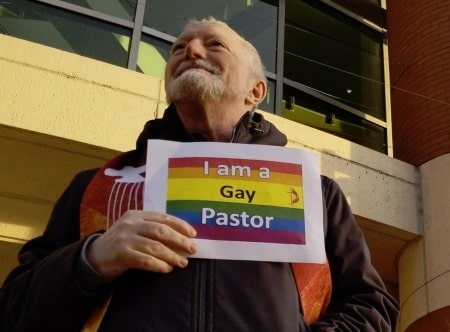(WSJ) – The Chesterfield Chamber of Commerce in Virginia has restarted its in-person business networking events. Handshakes back slaps and close talkers are optional these days.
Instead, attendees at the group’s events are encouraged to select a new pandemic-era accessory: brightly colored wristbands or stickers that signal whether they want others to come physically close or stay the heck away. A plastic display sign provides the code, modeled on traffic lights: Red means “no contact” with “no exceptions.” Yellow means “elbow only,” as in stick to the elbow bump, pal. As for green, the sign says: “Hugs welcome.”
“The greens are just ready to party,” says Danielle Fitz-Hugh, the president of the chamber, near Richmond. Others, meanwhile, stand off to the side of the room. “I’m always like, ‘Why are you over here?’, ” says Ms. Fitz-Hugh. “They’ll say, ‘I’m a red.’ ” Americans are returning to offices, trade shows, meet-and-greets, and wedding receptions, but individual needs for personal space isn’t the same after a long hiatus from face-to-face schmoozing and socializing.
Some guests are ready to lean in for group photos. Others favor an extremely distant air kiss or a wave from afar. Office managers, convention planners, and party hosts are distributing color-coded wristbands, stickers, or lanyards designed to signal preferences without the awkward conversations.
But the new system has created plenty of its own new awkwardness. Having so many colorful characters in one place gets complicated. Carefree greens can overwhelm the reds, who are often hiding in the corner, throwing shade on the group. Ambivalent yellows might act red around some guests and green around others. Then there are the chameleons—people-pleasers who can’t commit to any particular hue, and don red, green, and yellow wristbands all at once. READ MORE

















